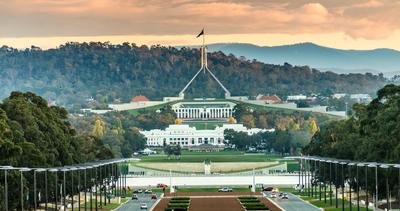Bad Weather Continues To Hit Cattle Sales Indicators
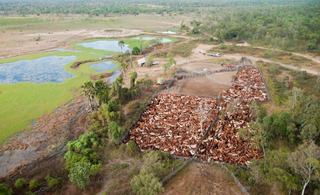

Weekly Cattle And Sheep Sales Update
The heavy steer indicator softened by 59 cents (c) week-on-week, with only half the throughput seen last week, according to Meat & Livestock Australia’s (MLA) weekly sheep and cattle market wrap released May 19.
MLA reports Dalby in Queensland had the majority of the contribution at 57 per cent and was trading 17c under the national average, pulling down the overall indicator.
The Eastern Young Cattle Indicator (EYCI) throughput also softened this week, dropping below 8,000 head, largely due to rain events in Queensland preventing larger sales going ahead, including Roma, the industry marketing and research body says.
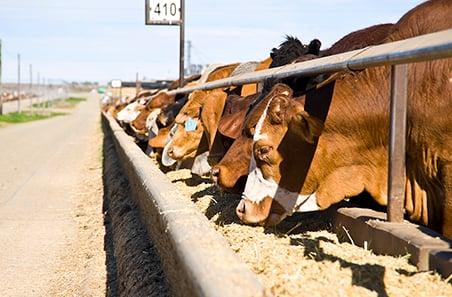
Above: Rain saw the Eastern Young Cattle Indicator throughput soften this week, dropping below 8,000 head
The national average price has strengthened as a result, MLA reports, as southern sales such as Wagga Wagga, Tamworth, Carcoar, Dubbo and Casino take out the largest contribution, trading at a premium on the national average.
Casino and Tamworth made up 17 per cent of sales that contributed to the EYCI, with prices at a 75c and 40c premium on the national average respectively, it notes. An easing in throughput increases the volatility of an indicator putting more weight on less saleyards, MLA adds. Dalby contributed 13 per cent to the EYCI, with this saleyard trading at 57c under the national average.
Sheep
Meanwhile, MLA reports re-stocker lambs have bounced back by 58c week-on-week to 837.6c/kg cwt this week with rain improving re-stocker intentions.
It notes Ballarat, Forbes and Wagga Wagga took out the largest contribution at 39 per cent, 14 per cent and 8 per cent. Forbes traded at the highest premium to the national average at 979.5c/kg cwt.
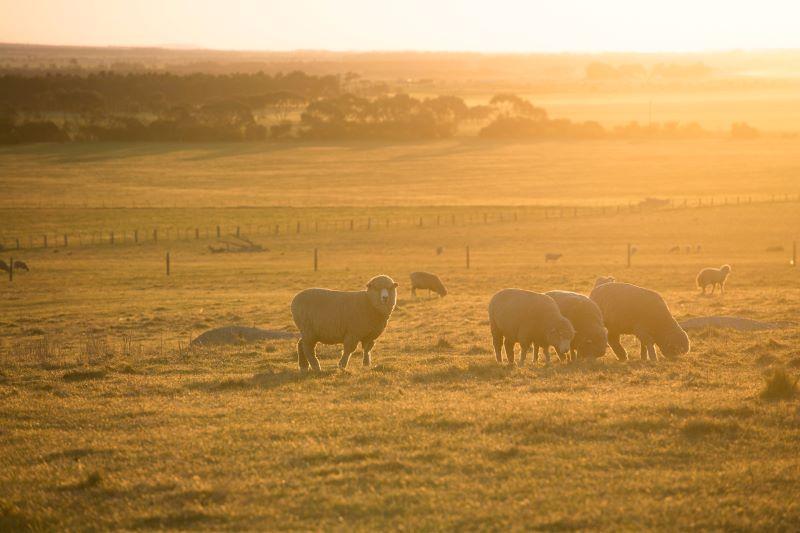
Above: Re-stocker lambs bounced back week-on-week with rain improving re-stocker intentions
Wagga Wagga and Horsham also took out the largest contribution in Merino lambs, MLA says, with Wagga Wagga trading 17c above the national average and Horsham trading 32c below the national average. The national average price softened week-on-week and is softer 49c year-on-year as the herd rebuild occurred.
Light lambs have strengthened 29c week-on-week with a higher demand from processors. Processor sales made up 45 per cent of sales – with 10 per cent coming from Forbes as the highest contributor it points out.
Slaughter
Slaughter softened this week as processors had to close following major rain events, MLA reports. Cattle slaughter softened 4 per cent week-on-week to drop further on year-on-year levels.
Lamb and sheep slaughter was not as harshly impacted as southern processing facilities were able to carry out their normal operating weeks, it adds.
LEPI Firms Up
On the live cattle front, MLA reports that for the fortnight ending Friday, May 13, the Live Export Price Indicator (LEPI) lifted 4c fortnight-on-fortnight to 474c/kg lwt, reflecting a generally steady trading period for feeder values, trending to slightly firmer in some sales according to quality or delivery requirements.
“Although a modest rise, the slightly firmer LEPI represented the first upward tick in the indicator since early February, with values largely levelling out in recent weeks after significant fluctuations earlier in the year when the LEPI peaked at 5.43c/kg lwt,” it days.
“Indications that prices were easing were confirmed when the LEPI retreated to 4.98c/kg lwt one month ago.”
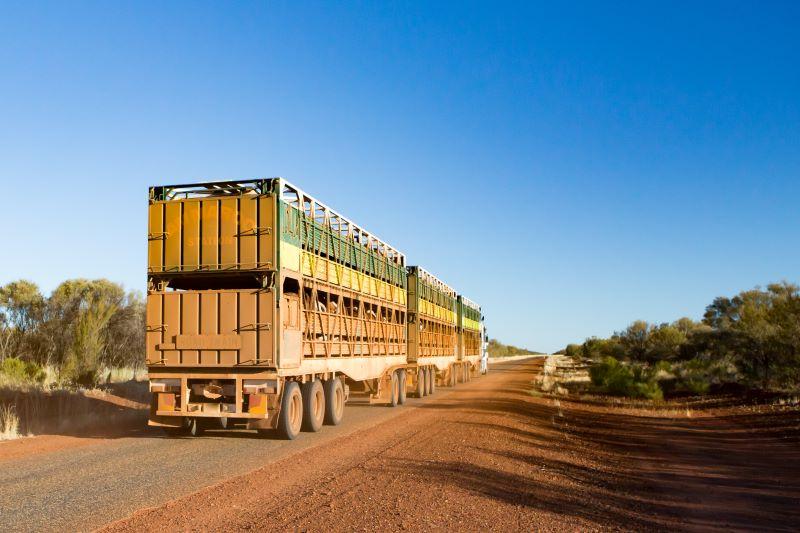
Above: Compelling prices for young cattle and forecast feed shortages have prompted early sale of cattle
MLA says the volume of feeder male cattle destined for Indonesia from the Port of Darwin sampled for the LEPI in the past fortnight remained relatively steady, with a total of 5,842 feeder steers and bulls weighing between 280-380kg liveweight reported by the trade, which was 10 per cent back on the previous fortnight.
“First round mustering is now in full swing across all key cattle regions supplying the northern live export trade, with mustering teams starting earlier than average on many properties across the Top End due to below average wet seasons.
“Compelling prices for young cattle and forecast feed shortages in the coming months have prompted the early sale of cattle, with producers turning off calves in considerable volumes to both live export – especially Darwin and Broome – and domestic re-stocker buyers in recent weeks.
“Nevertheless, overall supply remains constrained due to the depleted northern herd which has limited scope for short-term rebuild due to the tighter seasonal outlook and powerful demand drawing stock into Queensland and beyond,” it notes.
Sales Not Going Ahead
MLA points out that the Roma sale is not going ahead due to rain in the region, a move which could increase re-stocker sentiment in the coming weeks with more feed on the ground. The Emerald sale is also not going ahead.
Click on the highlighted links for MLA’s more comprehensive analysis of the outlook for the cattle market and sheep and lamb market; and the highlighted links for ABARES’ latest forecast for the cattle market and sheep and lamb market.







